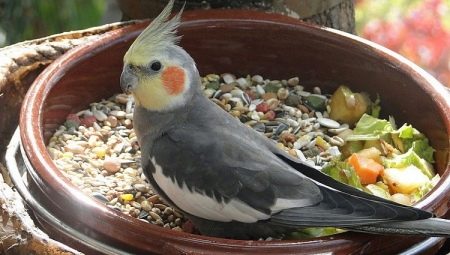A charming parrot with a perky yellow crest on his head, which can be taught to speak - this is the corella. It is not surprising that such an exotic bird is very popular with Russian breeders. However, if you decide to take a crested parrot to your home, you need to know how to provide him with proper care, how to choose a cage, and most importantly - how and what to feed him with, what foods must be present in the diet of a feathered pet. We will tell in detail about the nutrition of the corrella in the article.
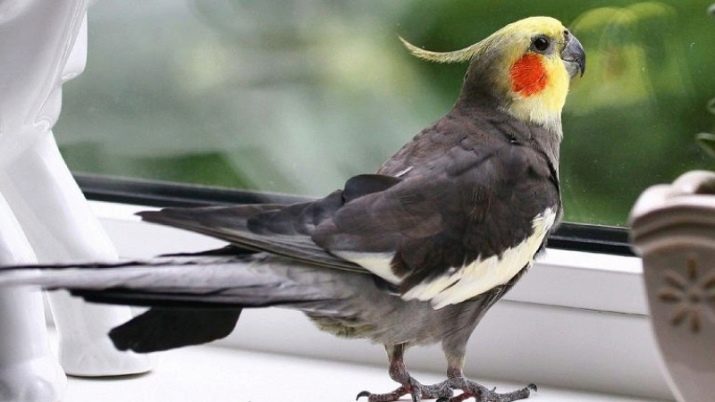
What do the Corellians love?
The birthplace and residence of Corell is Australia. These crested parrots prefer to settle near rivers and lakes in open areas covered with grass and a few shrubs.
In nature, corals feed mainly on plant seeds, nuts, tree fruits and eucalyptus juice. They also love grains of wheat and other cereals, therefore, they often “raid” the fields of local farmers.
In addition, protein requires protein. Insects, as its source, are also part of the daily diet of crested birdies.
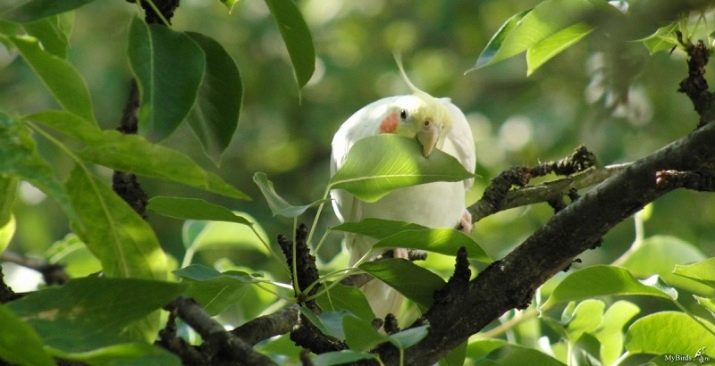
What should be included in the diet?
At home, Corell need to provide proper and complete nutrition, which will contain the necessary amount of proteins, fats and carbohydrates, as well as the whole complex of vitamins and minerals.
The basis for feeding crested parrots should be cereals. In addition to cereals, the diet of correllas should also include fruits, vegetables, berries and greens. Protein products also need to be given to a feathered pet, since protein is the main building block of cells. And in the winter period, at the stages of hatching of chicks and change of plumage, you can not do without additional a complex of vitamins and minerals.
How to feed?
Pour food once a day. It is advisable to do this in the evening, after the cell has been cleaned. The optimal amount of feed is 30 grams. During the day, the parrot itself distributes all the food in several portions.
For Corolla chicks, if the parents refuse to feed them themselves, it is better to get it at a pet store dry mix ready. It is diluted in water and given to babies every 1 or 2 hours. Starting from two weeks of age, the interval between meals increases to 4 hours.

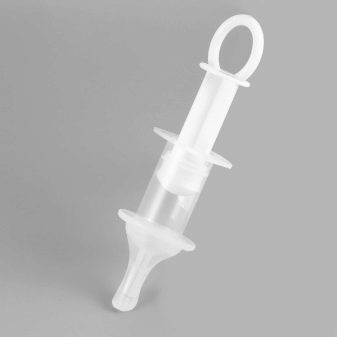
Corn
Pet dry specialties for cornella are sold in pet stores, which are a mixture of different types of cereals, sometimes with the addition of nuts and dried vegetables. You need to choose only high-quality and well-established brands of both foreign and domestic manufacturers. It is better not to buy a weighted feed, as it may be expired and contain insect larvae and mold.
Every day, corals require from 20 to 40 grams of cereals. This is about two to three tablespoons. The composition of the grain feed should include several crops.
- Millet - This is the main element of the grain mixture, its share should be 50%. Parrots can be given millet of different colors, but red is preferable, since it is the leader in the number of nutrients.
- Wheat - it should be given to the bird only when germinated or soaked, due to the high content of vitamin E, it is indispensable during the period of feeding the chicks and in the mating season.
- Oats - contains vitamin E and a complex of vitamins of group B.
- Corn - it has a complete set of trace elements, as well as fiber, which is necessary for the normal functioning of the digestive tract. Corn is rich in carbohydrates, but poor in protein, so you can’t feed parrots only with it.
- Canary Seed (or Canary Seed) - due to the fact that it is brought from the Canary Islands, where it grows, this cereal is quite expensive, but very useful: it has a high protein content and an almost complete set of vitamins and minerals necessary for poultry. It is desirable that this grain is present in the diet of Corella at least in small quantities, especially in winter.
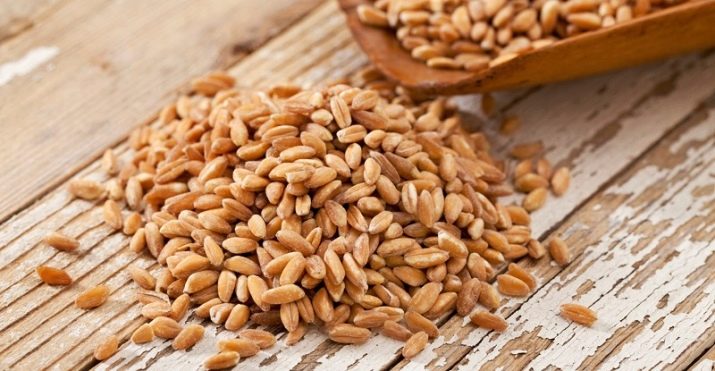
Also useful for a feathered pet barley, peas, seeds of flax, pumpkin, hemp, sesame and field weeds. However, their share in the grain mixture should be low. Sunflower seeds - also a useful cereal, but due to the high content of vegetable fat it is necessary to give it not every day and in limited quantities.
Instead of purchased food, you can feed a parrot with germinated grains - they are much more useful than dry grains, as they contain more biologically active substances: vitamins, minerals and various enzymes. Most often, wheat and barley are germinated, although this can be done with any cereal crop individually or by mixing them.
To germinate, we put the grains on a bandage moistened in water and cover them with the same on top. We are waiting a few days before the appearance of white shoots. Germinated sprouts should be kept in the refrigerator. Shelf life should not exceed 48 hours.
If you decide to independently form a cereal composition for a parrot by mixing various grains, you will either have to soak them in water or grind them, because you cannot feed a bird with whole grain.
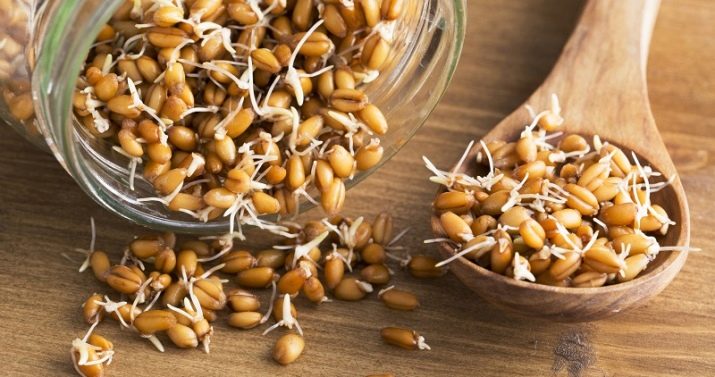
Porridge
You can occasionally spoil your beloved pet with cereals, but you need to cook them only in water, without salt and without adding any seasonings. Corellas like to eat boiled buckwheat, oatmeal, rice, peas and barley. You can make porridge from different cereals, and then add pieces of berries, fruits or vegetables to it.
Greens
In the natural environment, corals feed on herbs, plant shoots and tree leaves. Therefore, greens should be present in the home bird menu, but only in fresh form. It can be added to the vegetable mixture or cereal. Different types of green plants are useful for Corella:
- plantain;
- dandelion leaves;
- grape leaves;
- nettle;
- clover;
- lettuce;
- spinach;
- asparagus;
- carrot tops;
- green onions;
- branches of various trees (birch, willow, maple and others).
Parrots should not be given only spicy herbs, that is, those that have a strong smell and are used in cooking to give dishes a pronounced flavor. These include parsley, celery, dill, mint, basil and others.
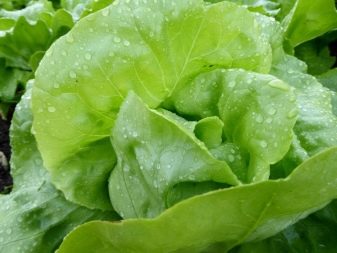
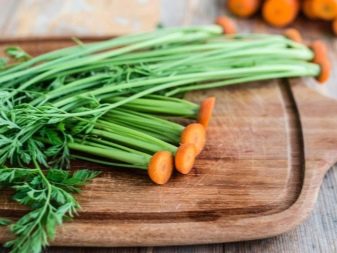
Nuts
Although corals love to eat nuts, their excess is harmful to birds, since such foods contain a large percentage of vegetable fat. Abuse of nuts can lead to metabolic disorders and obesity, a tendency to which is already present in domestic parrots. Therefore, nuts should make up only 5% of all the food they receive.
Preference should be given to peanuts, walnuts and hazelnuts. But you can also give acorns, pistachios, almonds and chestnuts in small doses. It is only necessary first to clear the nuts from the shell, and then ceiling or cut into small pieces. You can add them to the composition of the grain mixture.
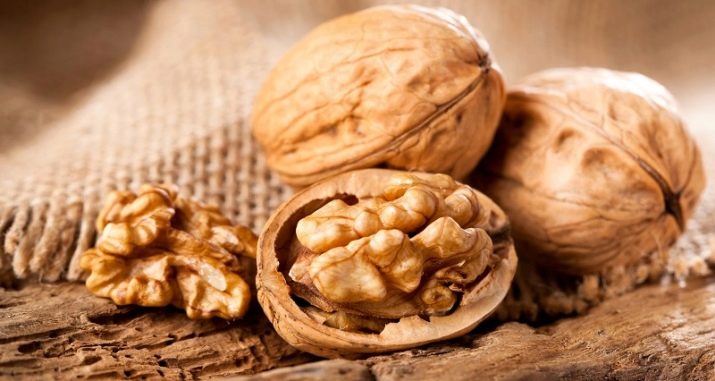
Vegetables
They contain vitamins and fiber, so they must be present in the diet of a feathered pet. Corolla vegetables should be given fresh, thoroughly washed and raw, as the nutrients are destroyed during cooking.
You can feed a parrot with almost any fruit. But the following products will be most useful:
- carrot;
- beet;
- cucumber;
- pumpkin, zucchini, turnip and other pumpkin;
- any cabbage;
- Tomatoes
- beans, green peas and other legumes;
- pepper, especially Bulgarian and sweet.
It is better to teach crested bird vegetables from childhood or to introduce them gradually into the diet, mixing with the main feed.
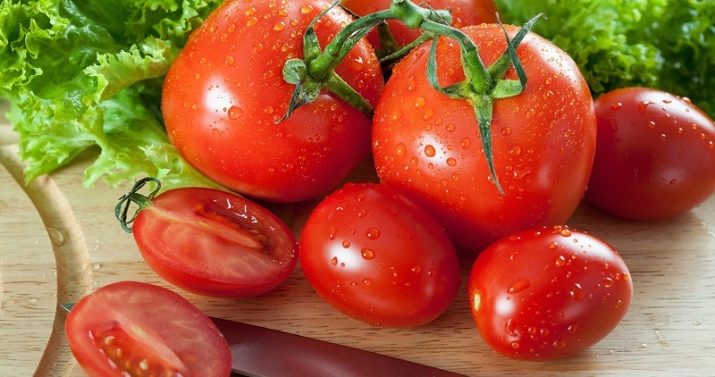
Fruits
This is another source of nutrients, they increase the immunity of the avian organism and increase its energy potential. Fruits can be given to almost everything except avocados, persimmons, mangoes and papaya, as they contain essential oils that are harmful to birds. But apples, grapes, peaches, apricots, nectarines, pears, bananas, oranges and tangerines, pomegranates, grapefruit will be very useful for parrots. Sweet fruits should be given no more than once every four days, and bananas - even less often, since they are very nutritious and high-calorie.
Fruits must be fresh. They are given to a feathered pet in a peeled and chopped form. You can mix several types of fruits, preparing a kind of salad. Or you can - add to the porridge or supplement them with a grain mixture.
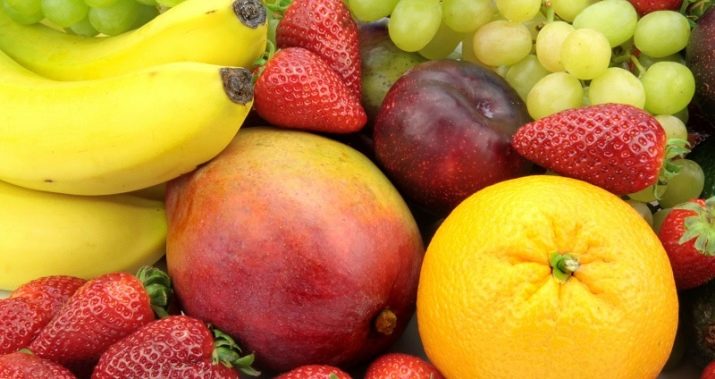
Berries
They are just a storehouse of vitamins and must be included in the feathered pet's menu. Any berries are suitable: currants, cherries, gooseberries, honeysuckle, lingonberries, cranberries, strawberries and other forest fruits.
In summer, they should be given freshly to Corella, if possible, then freshly picked. And with the end of the summer season, you need to transfer the bird to frozen berries: the concentration of vitamins in them is also quite high, but before you feed them to the parrot, you need to defrost the berries.
Dried options are slightly worse, as they retain fewer nutrients, but it’s better to give them than none at all. First they will need to be soaked, then added to cereal or fruit mixes.
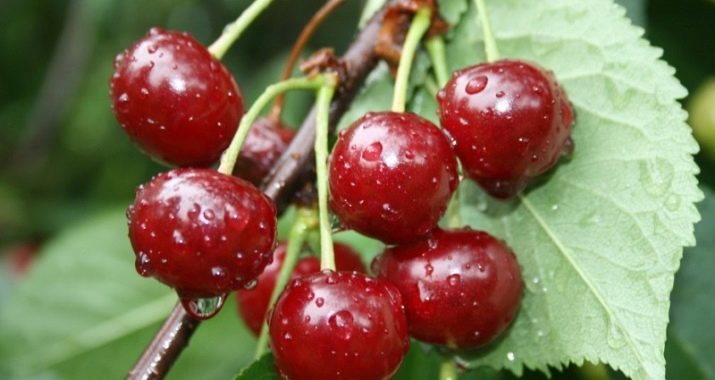
Protein Products
Protein consists of all tissues and organs, therefore, it is important that it enters the body of the bird in sufficient quantities.
Animal protein, which in the wild, birds received from insects, can be replaced with vegetable. A lot of it is found in chicken eggs and cottage cheese. The first product is given only in boiled form, and the second should be low fat or low fat.
It is acceptable in small quantities to give the birds also lean meat, cut into small pieces.
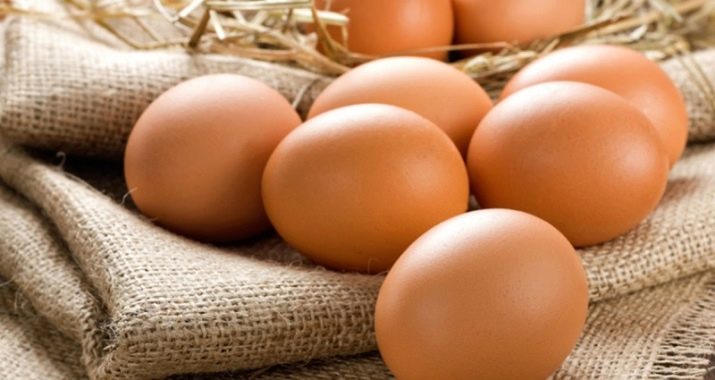
Drink
There should always be a clean core in the cage, preferably filtered or decanted water. You can offer a parrot as well mineral water, not carbonated. Compotes and juices (berry and fruit) will also be useful to a feathered family member, especially in winter and spring, during vitamin deficiency.If the parrot gets sick, then add to his daily diet herbal decoctions of plantain, chamomile or calendula. You can periodically give them a drink and for preventive purposes.
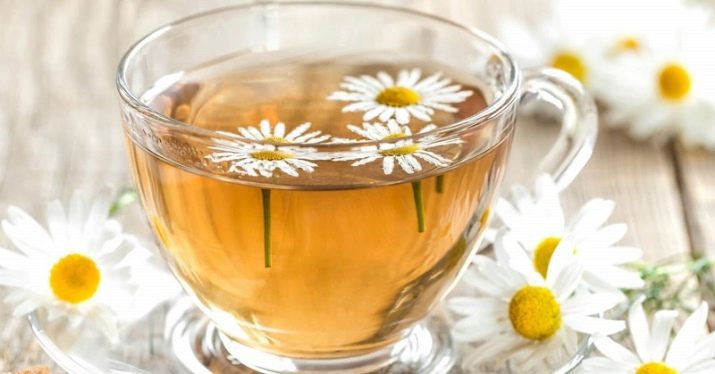
Vitamins and Prebiotics
In winter, when there is a shortage of fresh fruits and vegetables, as well as during periods of nesting and feeding cubs, parrots need to buy vitamin complexes and mineral supplements.
The first must include vitamins A, E, D and vitamins of group B. Of the mineral supplements, the poultry body needs calcium most of all - it strengthens the bone apparatus, teeth, claws, beak and makes plumage strong. Chalk (or chalk stone) is rich in calcium, it is especially useful during the hatching period of eggs - their shell becomes harder and stronger.
Given to parrots a piece of chalk crushed to a powder consistency. Bone flour - It is also a source of calcium, and also contains phosphorus, which has a beneficial effect on the nervous system. It is best to give this supplement to the bird during the period of the plumage change. A lot of calcium is also in the shell of chicken eggs, only it must first be washed and crushed into powder.
CharcoalIn addition to calcium and iron, it contains a large set of trace elements, in addition, it removes toxins and harmful substances from the body. It is necessary to make powder out of it and mix with egg shells. Sand is indispensable for parrots, as it helps to digest food in the stomach. Giving Corella sand necessary, otherwise the problems with the digestive system will begin.
Also very useful for parrots. clay, since it is a natural prebiotic that supports the intestinal microflora in a normal state. Clay can be purchased at the pharmacy, only it should be natural, without additives and dyes. It is prepared as follows: first, it is diluted in water until gruel is obtained, and then baked in the oven for about 10 minutes until it becomes solid.
You can also add flaxseed or other seeds to the clay.
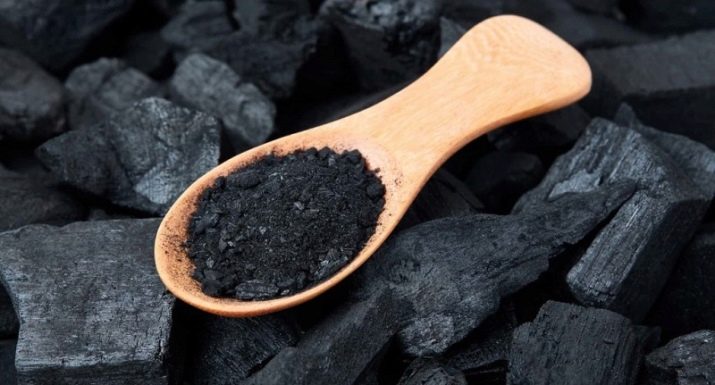
What should not be given?
When your favorite feathered pet asks for food that you are currently eating, it’s difficult, of course, to refuse him. But it is necessary to do this, because by giving the parrot food from your table, you can only harm it. Especially if the food is salty, fried or fatty, and even stuffed with various spices. Just at that moment, remember the expression about good intentions.
Prohibited foods that should never enter your pet’s stomach include the following:
- alcoholic drinks;
- Coffee and tea;
- sweet foods (chocolate, sweets, jams);
- sausage, sausages and sausages;
- Fish and seafood;
- potato;
- onion and garlic;
- mushrooms.
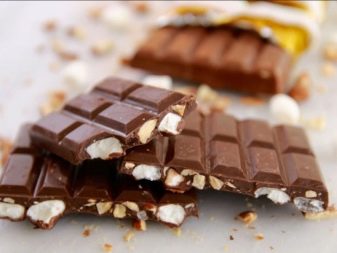
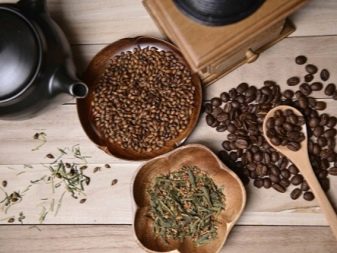
If the parrot gets sick, then the usual feeding should be adjusted, namely: to reduce the consumption of grain food and increase the proportion of vegetables, fruits and herbs.
In order to ensure a long, healthy and happy life for your feathered friend, you need to organize a balanced diet for him, which will include all the necessary nutrients and in the right dosage. Then Corella will delight you with its flowering appearance, beautiful singing and good mood!
See how to feed Corella better in the next video.
